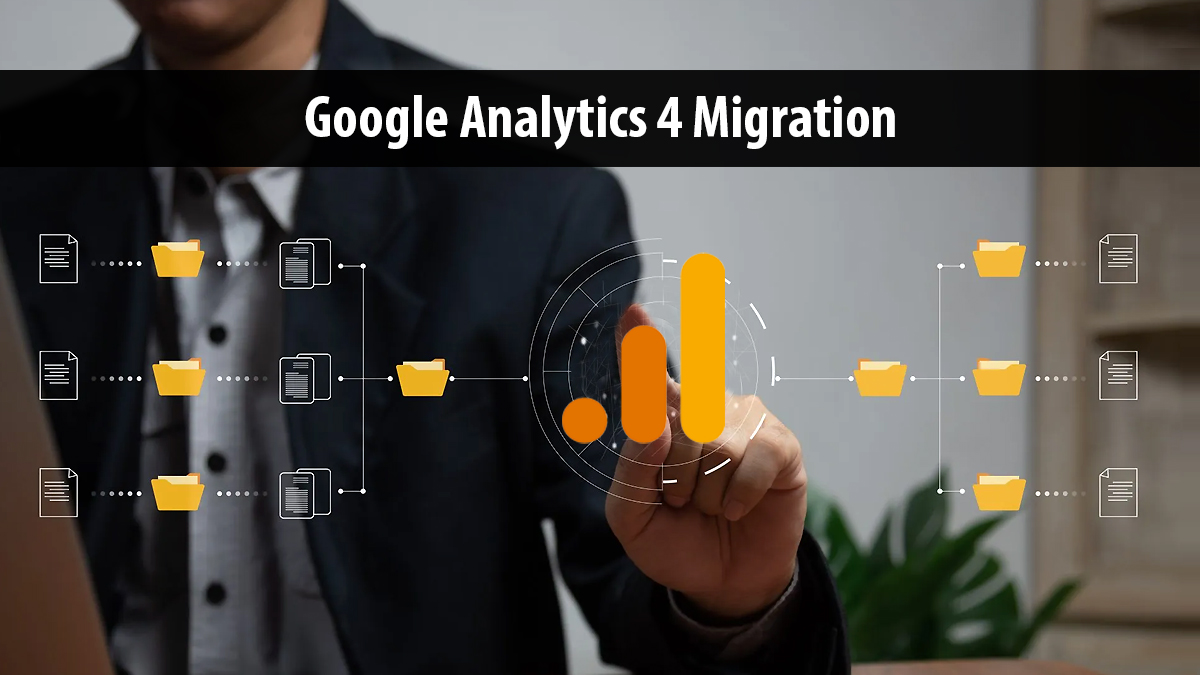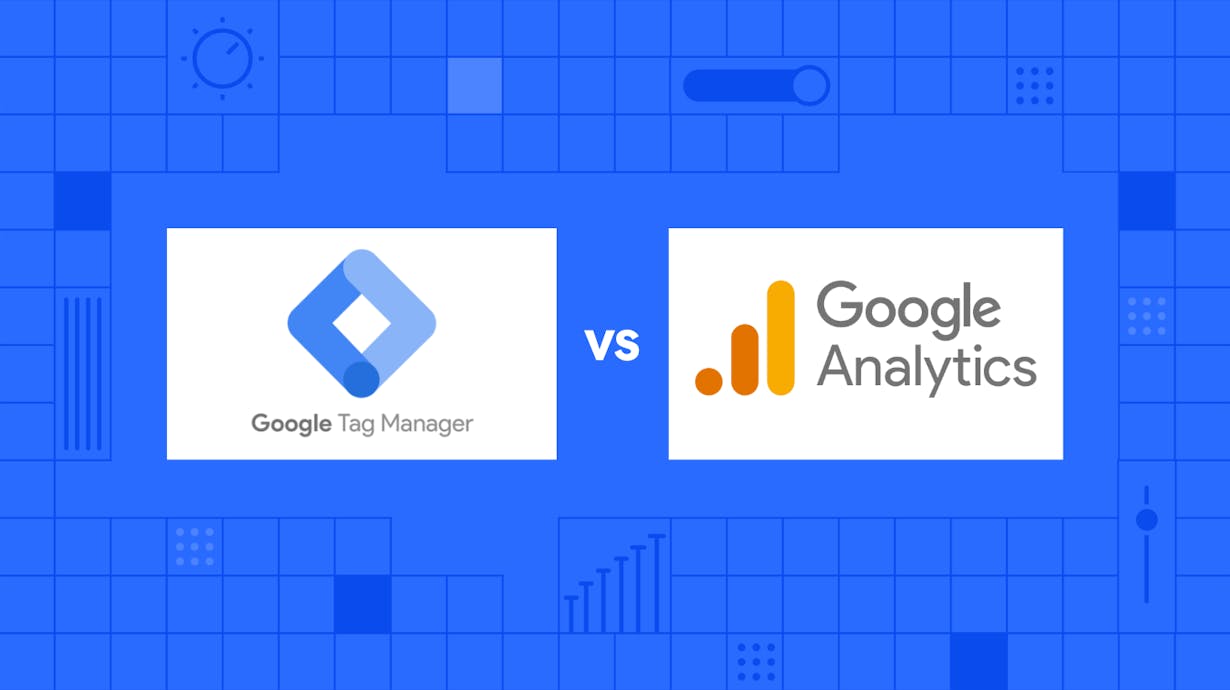Raising Your Online Presence With Advanced Google Analytics Methods
In the large landscape of online existence management, the capacity to navigate and harness the power of innovative Google Analytics techniques can significantly affect the success of a digital endeavor. As the electronic realm advances, the requirement for sophisticated information evaluation becomes vital in understanding customer behavior and enhancing on-line performance. By including advanced Google Analytics strategies, businesses can get much deeper insights, make notified choices, and ultimately improve their on-line existence. The world of opportunities that these techniques use is substantial, guaranteeing a world of untapped potential for those ready to check out beyond the basics.
Establishing Advanced Google Analytics
For an extensive understanding of Advanced Google Analytics, the initial step involves setting up the platform with precision and attention to information. Establishing up Advanced Google Analytics calls for an organized strategy to make certain exact information collection and informative coverage. Begin by producing a Google Analytics account and residential property for the web site or application that needs tracking.
Additionally, establishing innovative attributes such as personalized measurements, event tracking, and enhanced shopping calls for a deeper understanding of the platform. Customizing records with dashboards and segments enables tailored evaluation based upon particular metrics or user behavior. Consistently assessing and maximizing the configuration makes sure that Advanced Google Analytics works successfully in offering valuable understandings for enhancing online efficiency.
Using Custom Records for Insights
Upon establishing a durable foundation by establishing Advanced Google Analytics successfully, the next action involves using the power of custom-made reports to get valuable understandings into web site or app efficiency. Custom records offer a customized sight of data that is details to the measurements and metrics essential to your organization objectives. By making use of custom reports, you can assess individual actions, track conversion rates, and keep an eye on the success of advertising and marketing campaigns in even more information than conventional records allow.
Producing personalized reports in Google Analytics includes picking the metrics and measurements that line up with your crucial efficiency indicators (KPIs) This personalization allows you to concentrate on the most appropriate information for your evaluation, leading to more workable understandings. In addition, custom reports can be arranged for normal distribution via email, making certain that stakeholders remain informed without needing to log into the analytics platform consistently.
Leveraging Boosted Ecommerce Tracking
Implementing Enhanced Ecommerce Tracking allows companies to dig deeper into on the internet client habits and enhance their sales methods with in-depth understandings. This innovative attribute in Google Analytics supplies a thorough sight of the whole client journey, from the preliminary interaction to the final purchase. By tracking specific activities such as item sights, adding items to the cart, and completing transactions, businesses can analyze the effectiveness of their online shop and make data-driven choices to boost the visit this web-site general shopping experience.

Carrying Out Advanced Division Techniques
Checking out sophisticated division strategies in Google Analytics can considerably improve the deepness of understandings organizations gain from their data analysis efforts. By carrying out innovative division techniques, services can properly separate and assess specific subsets of data to reveal beneficial patterns and trends. This method allows for a more granular understanding of user behavior, enabling companies to make data-driven decisions with precision.

Additionally, behavior segmentation can be used to team users based upon their activities on the site, such as web pages visited or items acquired. This segmentation method provides insights right into customer engagement and conversion courses, aiding companies maximize their online existence for enhanced efficiency.
Optimizing With A/B Checking and Experiments

Experiments in Google Analytics allow companies to evaluate changes to their sites or apps in a controlled setting. By incorporating A/B testing and experiments with innovative division methods, services can fine-tune their on the internet visibility, enhance user experiences, and drive meaningful outcomes based on strong data analysis.
Verdict
In verdict, applying sophisticated Google Analytics techniques can navigate to this website considerably enhance your on-line existence. By setting up custom records, using enhanced ecommerce monitoring, executing segmentation methods, and optimizing with A/B screening, you can get important understandings and enhance your website efficiency. These advanced approaches enable you to make data-driven decisions and far better comprehend your target market, eventually leading to a much more successful on the internet presence.
In the huge landscape of online existence management, the capability to navigate and harness the power of sophisticated Google Analytics strategies can substantially impact the success of a digital endeavor. By incorporating sophisticated Google Analytics techniques, services can obtain deeper understandings, make educated decisions, and inevitably enhance their on the internet visibility.Exploring sophisticated division techniques in Google Analytics can considerably boost the deepness of insights services gain from their information evaluation efforts.By leveraging the insights got from innovative segmentation methods in Google Analytics, services can further enhance their data analysis initiatives via the strategic usage of A/B screening and experiments for optimization objectives.In verdict, implementing advanced Google Analytics techniques can substantially boost your on-line presence.
Comments on “Necessary Realities Concerning What Is Not Considered a Source in Google Analytics by Default”